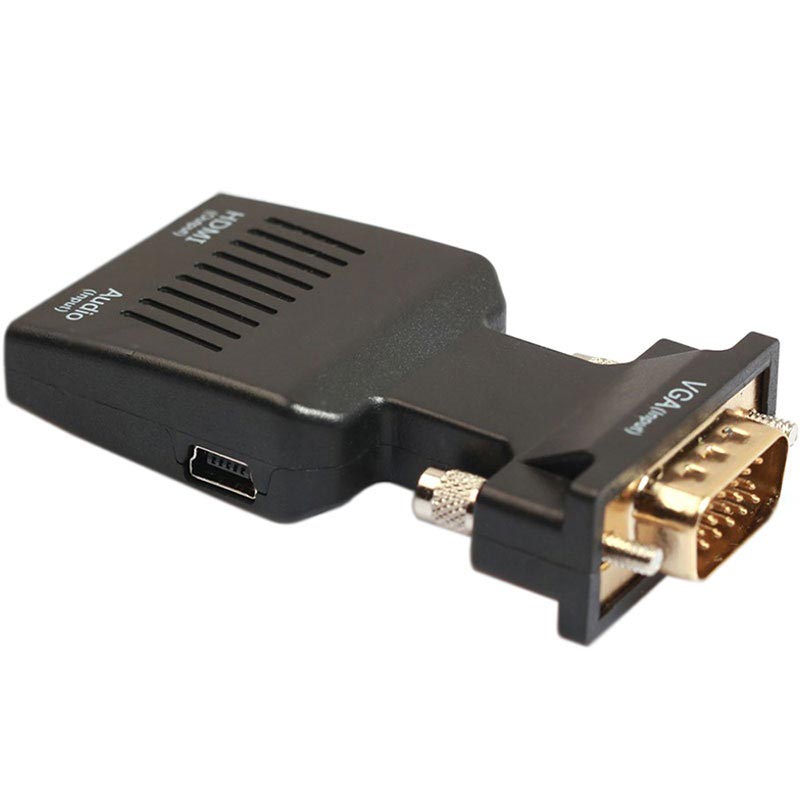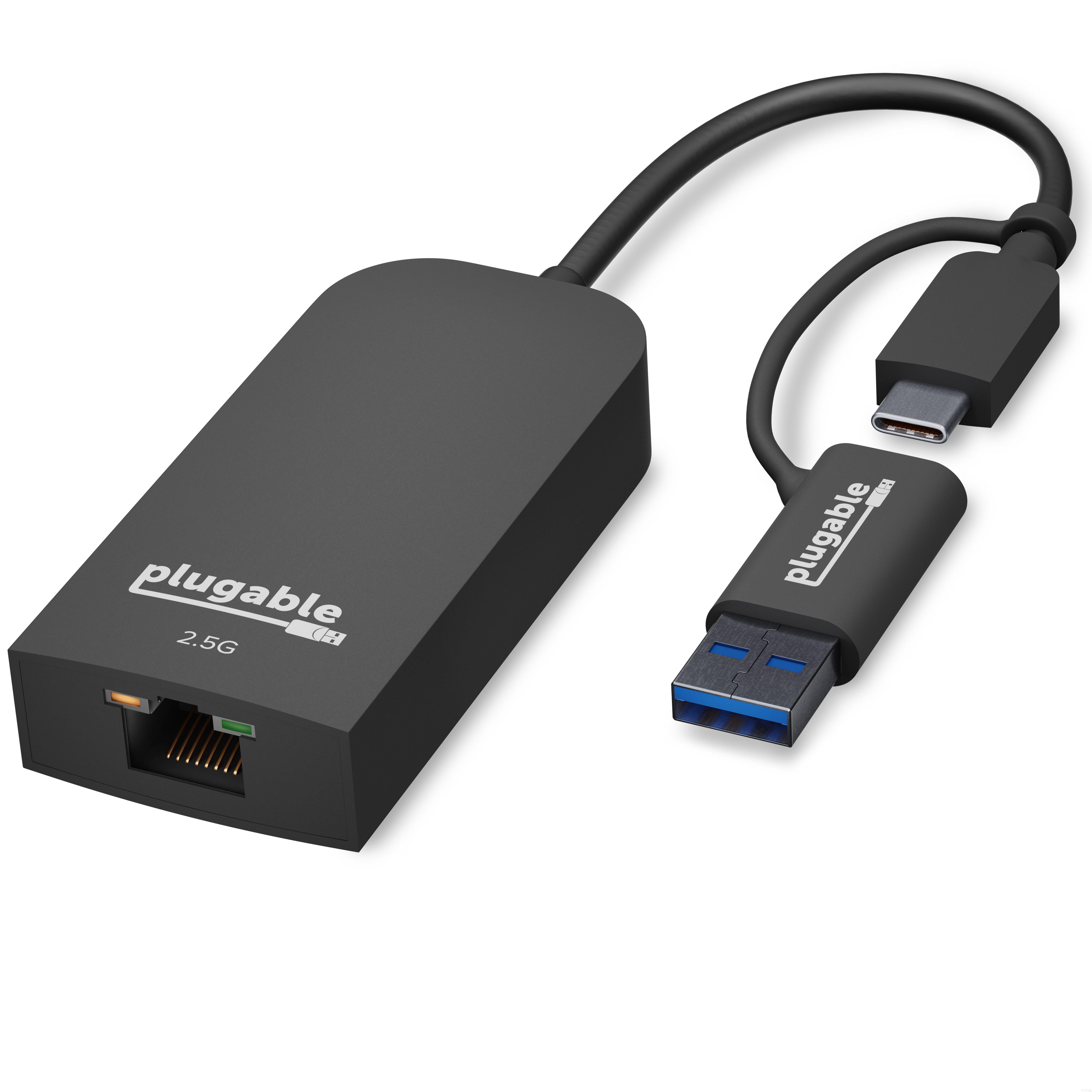

- USB C TO ETHERNET ADAPTER FOR MAC DRIVERS
- USB C TO ETHERNET ADAPTER FOR MAC PRO
- USB C TO ETHERNET ADAPTER FOR MAC MAC
- USB C TO ETHERNET ADAPTER FOR MAC WINDOWS
MDT does not use the MAC address to identify individual computers and thus is not subject to this limitation. However, not all scenarios call for the additional connectivity of a docking station or support for wired networks.Īnother potential solution to avoid conflict when adapters are shared is to use the Microsoft Deployment Toolkit (MDT) to perform deployment to Surface devices. This can make sense in many scenarios where the Ethernet adapter or the additional functionality of the docking station will be used regularly. The simplest solution to avoid MAC address conflicts is to provide a dedicated removable Ethernet adapter for each Surface device. However, when you use the same Ethernet adapter to deploy to multiple computers, you cannot use a deployment technology that inspects MAC addresses because there is no way to differentiate the MAC address of the removable adapter when used on the different computers. A common identifier used by deployment technologies is the Media Access Control (MAC) address that is associated with each Ethernet adapter.
USB C TO ETHERNET ADAPTER FOR MAC WINDOWS
Manage MAC addresses with removable Ethernet adaptersĪnother consideration for administrators performing Windows deployment over the network is how you will identify computers when you use the same Ethernet adapter to deploy to more than one computer. If you are using a deployment solution that uses Windows Preinstallation Environment (WinPE), like the Microsoft Deployment Toolkit, and booting from the network with PXE, ensure that your deployment solution is using the latest version of the Windows ADK.
USB C TO ETHERNET ADAPTER FOR MAC DRIVERS
In addition to an Ethernet adapter, a keyboard must also be connected to the Surface device to enter the preinstallation environment and navigate the deployment wizard.įor Windows 10, version 1511 and later – including the Windows Assessment and Deployment Kit (Windows ADK) for Windows 10, version 1511 – the drivers for Microsoft Surface Ethernet Adapters are present by default.

You can alter the boot order in the system firmware to prioritize USB boot devices, or you can instruct it to boot from an alternate boot device during the boot up process. To boot from the network or a connected USB stick, you must instruct the Surface device to boot from an alternate boot device. To use a third-party Ethernet adapter, you must load the drivers into the deployment boot image and you must launch that boot image from a separate storage device, such as a USB stick. Third-party Ethernet adapters are also supported for network deployment, although they do not support PXE boot.
USB C TO ETHERNET ADAPTER FOR MAC PRO
Docking Station for Surface Pro and Surface Pro 2.



 0 kommentar(er)
0 kommentar(er)
